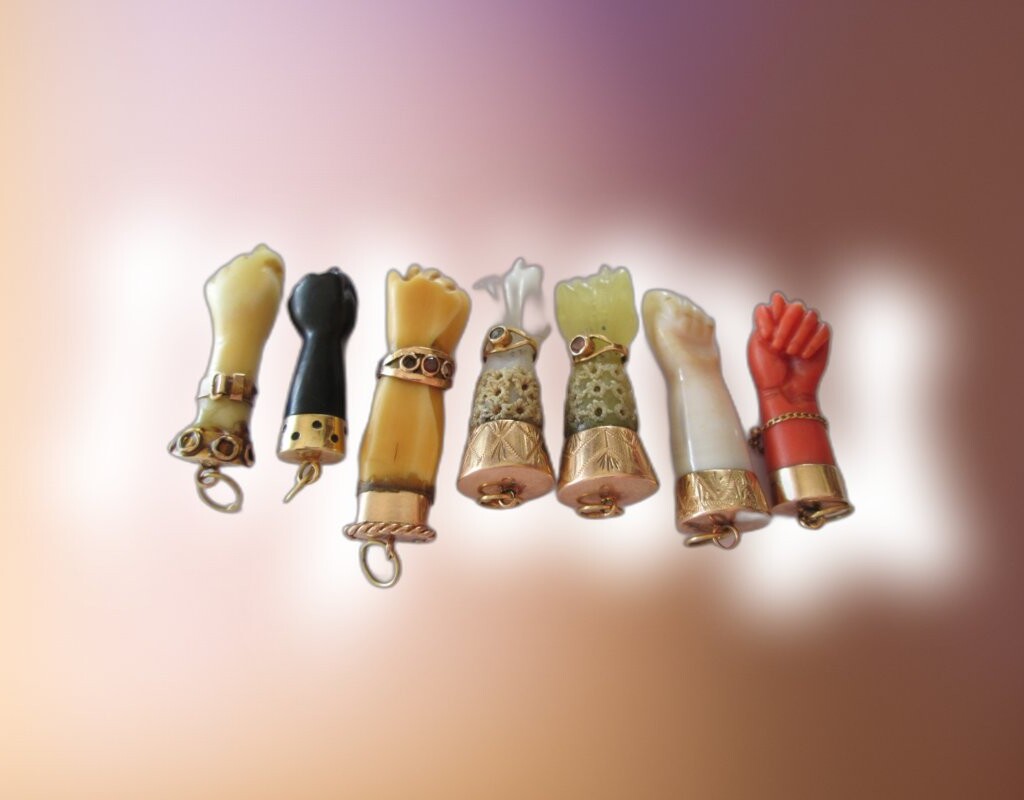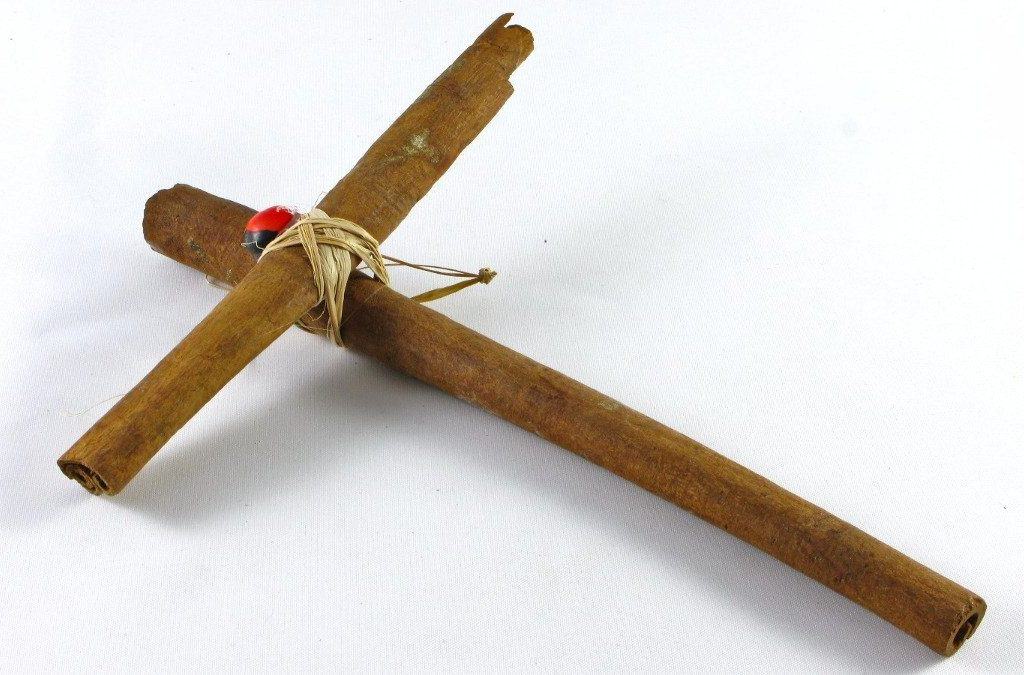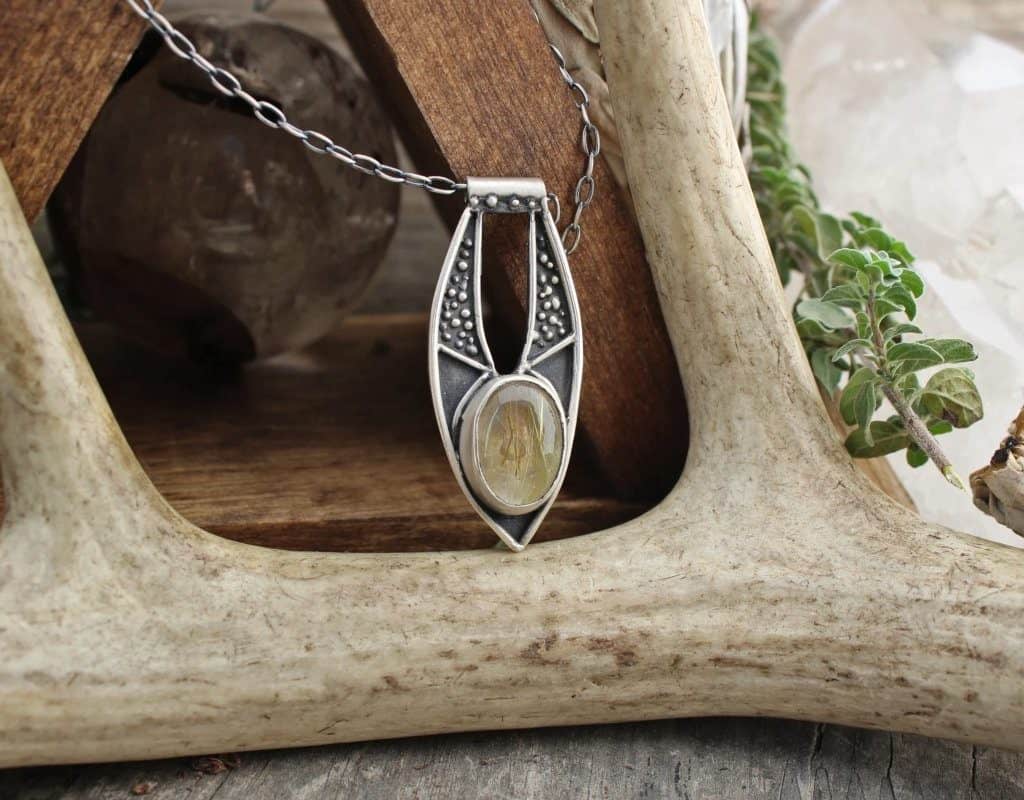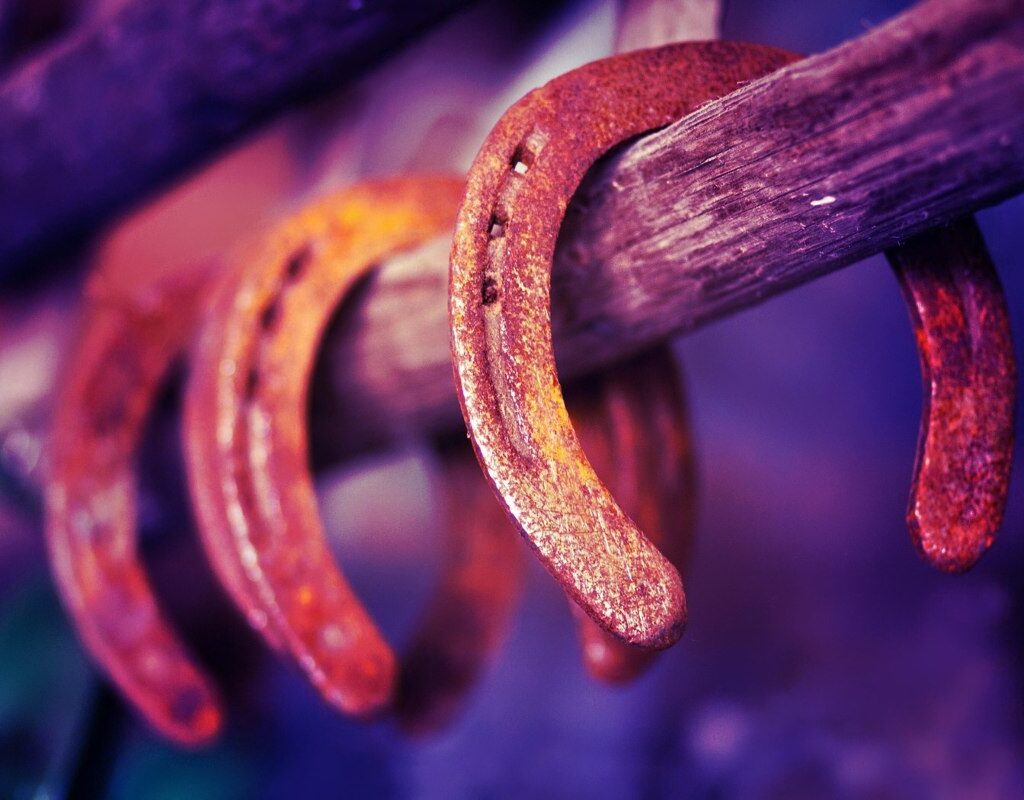The higas, known by other names such as “figas, manezuelas, ciguas, maninas, puñeres, or black hands”, are much more than simple jewelry pieces. These objects hold a wealth of ancestral beliefs.
History of Higa, an amulet full of magic and symbolism
The expression, which according to the RAE refers to a tiny fist-shaped ornament that protects from the evil eye or to a movement made with the closed hand, with the thumb sandwiched between the index finger and the heart, as a sign of the detestable and a sign of mockery and derision, has multiple interpretations.
There is a long and rich history of the fig as an amulet and many cultures use it for various reasons. It is especially revered by Aboriginal and North American Indians, as well as by Arabs and African and Mediterranean peoples.
Some believers mistakenly believe that the fingers have magical properties.
The postures they adopt and the materials used to construct the pieces also contribute to this. Archaeologists have discovered objects that corroborate the use of this image by Tyrians, Phoenicians and Romans, as well as findings in bronze, coral and jet, the oldest being eight hundred years old.
The deposits show that the Punic State already produced figs and some bone units discovered in our nation serve as an example for the showcases of national museums.
The Hispanics’ fondness for this object developed over time and both its appearance and size have not changed dramatically since antiquity.
Hand gesture
The hand gesture and its name admit to various interpretations, but in general, it is defined as a profane amulet in the form of an upper limb, or forearm with a closed fist.
Evidence that figs existed in pre-Roman times is supported by the fact that they were often found together in amulets with crescent moons, which were commonly associated with fertility goddesses such as Asherah, Astarte and Aphrodite in the Mediterranean.
In addition, ancient classical societies often viewed the fig tree as a sacred tree associated with sexual matters.
They believed that the leaves of the fig tree resembled an outstretched hand and its fruits resembled the position of a cicada’s fingers and identified the wild fig as the male and the cultivated fig as the female.
Some authors mention a priapescent effigy, in which a male figure is placed on the right and a female on the left. It is said to represent a sexual act, which is why it is sometimes referred to as an “unchaste hand”.
Doing the fig
For generations, it has been customary to make an offensive show of disrespect to inflict harm from afar on another living being. In Spain, this gesture is called “doing the fig”.
To counteract the negative energy, it was necessary to carry an object symbolizing the gesture, usually made of jet or amber, to which special protective powers against anger were attributed.
In medieval times, figs, a type of phallic amulet that had been banned by the Church, became increasingly popular and spread throughout the Iberian Peninsula, especially in Asturias, Galicia and Castilla-La Mancha.
These regions still strongly show the presence of these amulets today. The demand for these amulets increased during the Renaissance, which caused them to increase in size and become more ornate.
Azabache hands
According to the inventories of the “azabacheros” of Compostela, who manufactured enormous quantities of these objects, in 1538 they began to be called “Manos de Azabache”. Ten years later, they were called “figas”.
In the 16th century, the carvings were typical of straight hands, with a smooth, well-formed design. However, in the 17th century, the trend shifted to depicting left hands, with a more modern and stylized appearance, along with various ornamental details.
In the 17th century, it was common to see them with carved crescents and hearts. The crescents were usually associated with the left hand, which symbolized the feminine gender and sometimes roses of Jericho or effigies of the Virgin also appeared.
Hearts were associated with the right hand, which symbolized the male gender. Other interpretations relate the hearts to Jesus Christ and the crescent moons to the Virgin Mary since both images appear with these objects in Christian symbolism…




